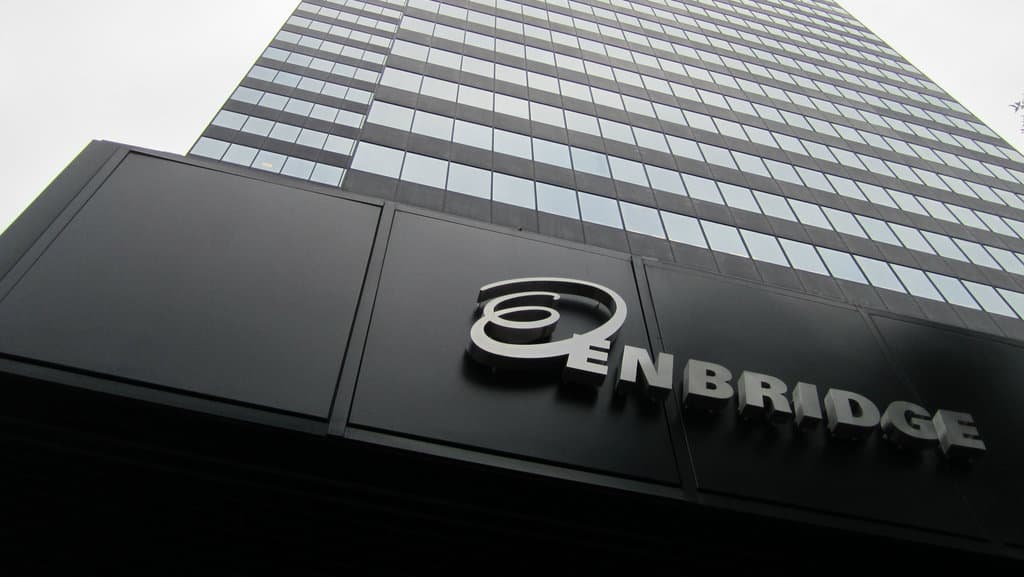Enbridge Inc. (TSX:ENB)(NYSE:ENB) is a ridiculously cheap stock with a management team that can keep a promise to investors with regards to dividend growth.
With a fat ~5.5% dividend yield, and an opportunity to grow this dividend further over the years through new projects, it may seem that Enbridge is a grand slam home run at its depressed valuation, but it’s worthwhile to take a step back and consider the bear side before jumping headfirst into the deep end by initiating a large position.
Yes, Enbridge is ridiculously undervalued based on traditional valuation metrics. The stock currently trades at a forward 20.8 price-to-earnings multiple, a 1.6 price-to-book multiple, and a 10.5 price-to-cash flow multiple, all of which are lower than the company’s five-year historical average multiples of 65.6, 4.5, and 12.8, respectively. The dividend yield is also substantially higher at 5.5% than the five-year historical average yield of 3.1%. At this point, it looks like you’re getting a high-income value play with a shareholder-friendly management team that’ll hike the dividend, even if it’s not in the company’s best interests.
While the recent strategic plan was a breath of fresh air for income investors, many pundits slammed Enbridge for continuing with its plans to hike the dividend by a double-digit percentage. Short sellers claim that Enbridge hasn’t earned the right to hike its dividend, but still, the general public is happy with the new strategic plan, which appears to have stopped shares from bleeding — at least for now.
Every time a new pipeline construction plan is announced, a new can of worms gets opened. But it’s not the risk of regulator disapproval for a new pipeline that I’m worried about with pipeline firms like Enbridge. I’m more worried about the return of crude by rail, which may be the go-to method of transportation over the long haul.
Yes, crude by rail has been known as riskier than pipelines, but this could change over the next few years. Canadian National Railway Company (TSX:CNR)(NYSE:CNI) has reportedly filed a patent for a new formula which could turn bitumen into insoluble pieces of solid matter, which could be stacked and shipped in a safe manner via rail.
This technology is still being tested, but it’s shown promise thus far, and if it’s shown to be cheaper and safer than pipelines, Enbridge and the like could have a serious problem on their hands.
If the new tech allows crude by rail to become a safer, cheaper method to transport heavy crude, many pipeline firms could take a hit on the chin, as transportation via pipeline takes a backseat.
Bottom line
Although Enbridge is an overly beaten-up stock, it’s important to remember that no investment is without risk, even though it may seem like there’s a significant margin of safety that exists.
Safer new methods of heavy crude transportation are under development, and if there’s no pipeline in the equation, I’d be cautious, as pipelines could be trending down for longer than most would expect.
I think Enbridge has been overly beaten up and could rebound over the short to medium term; however, over the long term, I’d pay attention to new developments in heavy crude transportation methods, as new methods could leave a major dent in Enbridge’s earnings further down the road.
Stay hungry. Stay Foolish.






